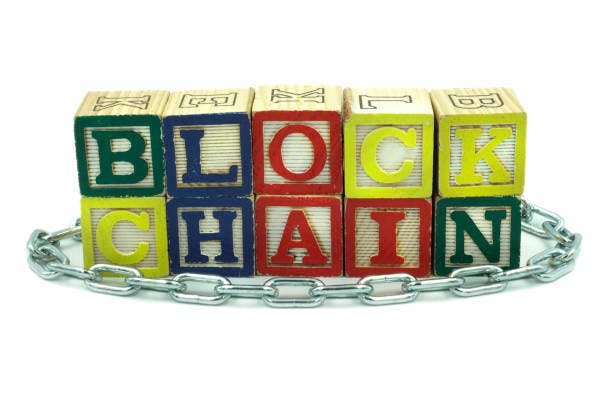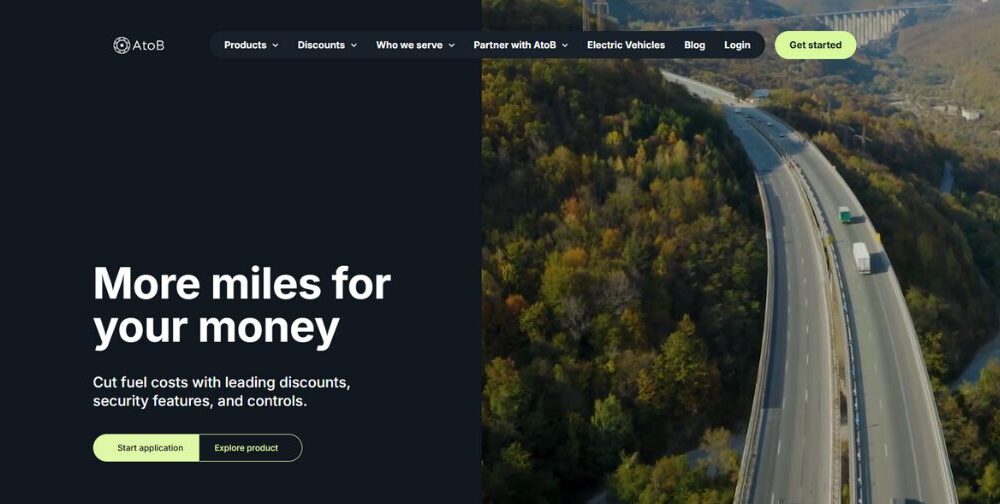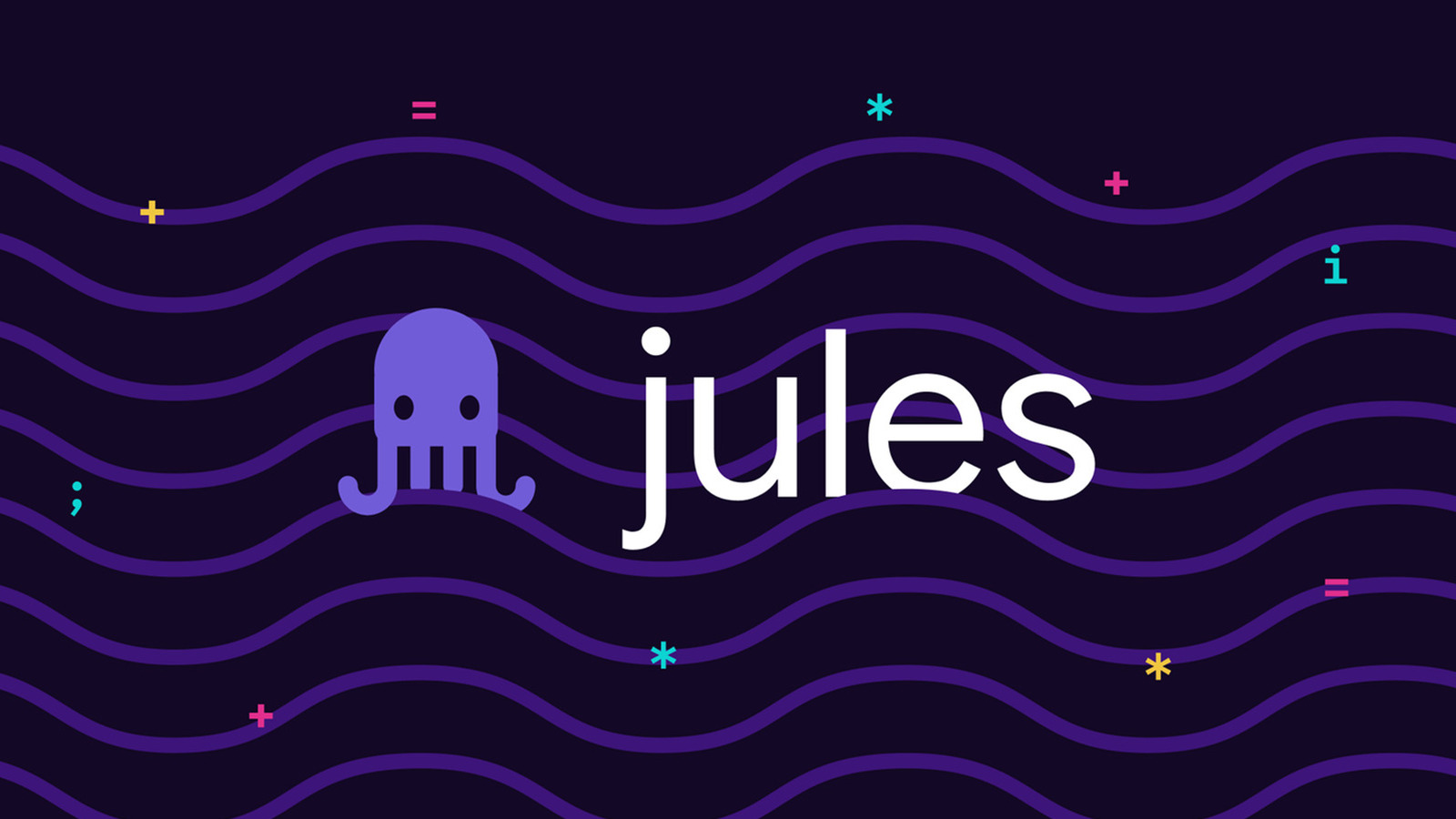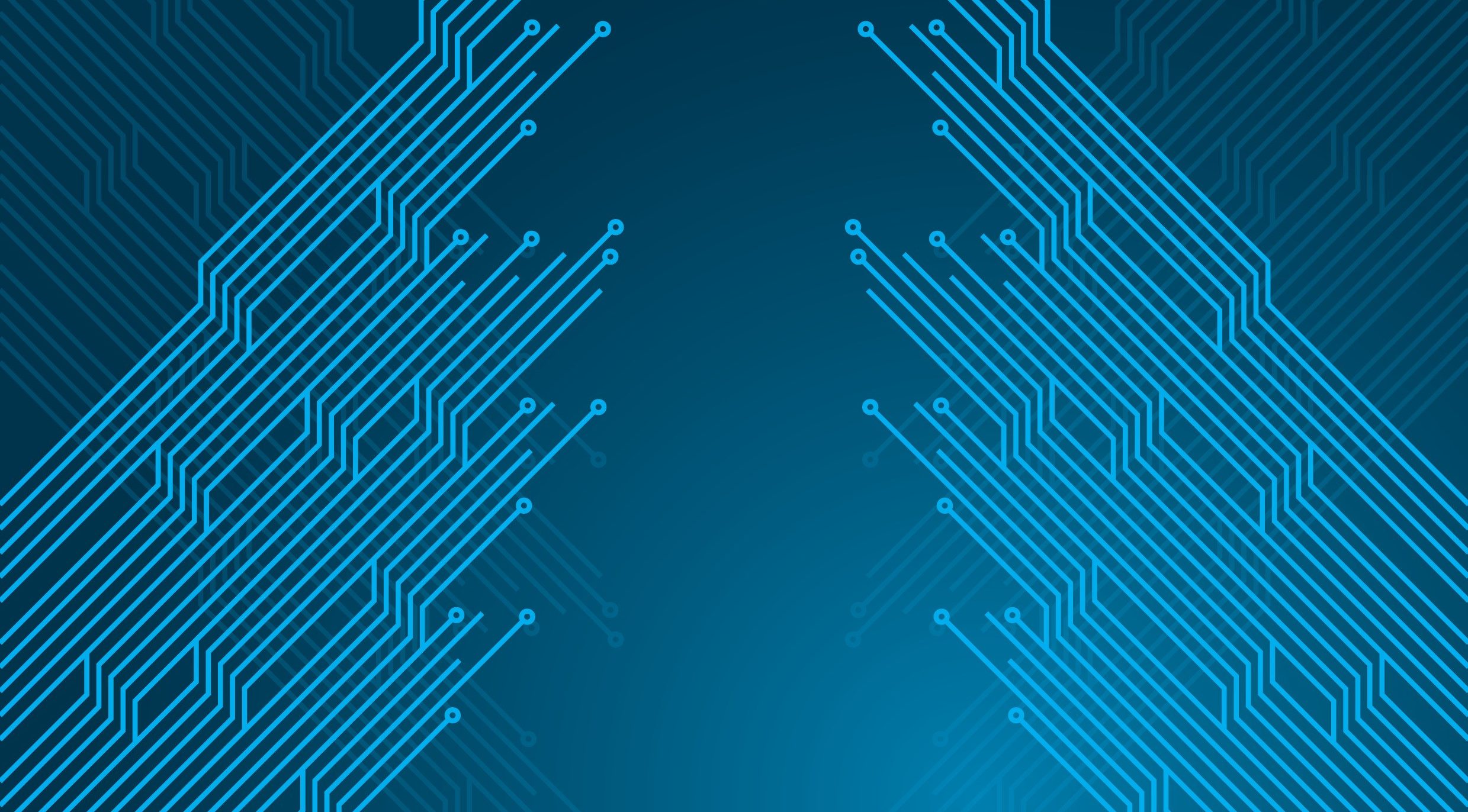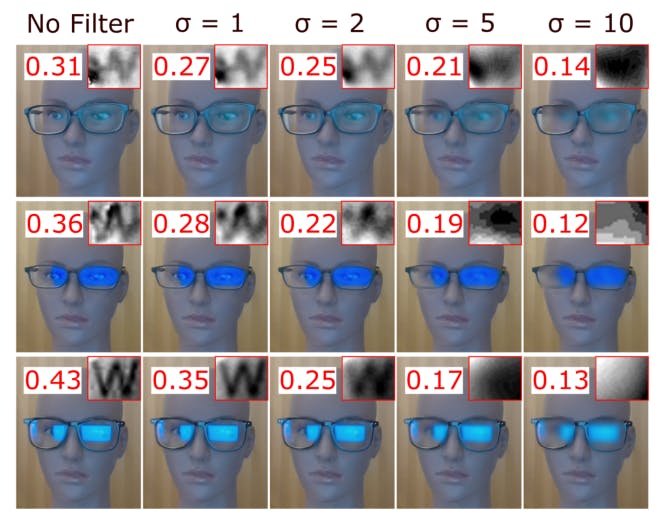In the Blockchain world, processes don’t follow the rules of regulatory centralisation – they occur in a decentralized context.
It’s perfectly okay at this stage to be utterly confused about the concepts I’ve mentioned. That’s why I’m taking my time to draft this article with the aim of giving you a broader view of the fundamental concepts and, more importantly, to help you understand why blockchain nodes are vital and give you an understanding of how they connect to or relate with APIs and the Web3 infrastructure.
First of all, to properly understand nodes, we must first be acquainted with the concept of Blockchain itself.
And no, it’s nothing at all like the gold chain you wear with a watch. But like a watch, a blockchain is made up of multiple intricate parts working together in perfect sync to ensure the security and perfect performance of the system.
What is a Blockchain?
In its entirety, a blockchain is a decentralized digital system or ledger which is shared by millions of people through computers around the world and yet somehow functions on its own without being under the control of anyone.
It also:
• Stores millions of transactions made by people on the chain.
• Ensures everyone sees the blockchain in the exact same way.
• Updates data globally in real-time.
• Ensures that sensitive data on the chain is protected.
For instance, imagine a big account book or ledger that contains or houses millions of transaction data and is shared or used by millions or even thousands of people. These people could be beginners with no prior tech skills or even learners like you and me.
• Now, each page in the book is known as a block.
• Each sequence or group of blocks is a chain.
• Everyone sees the blockchain in the exact same way (as mentioned earlier).
• No one, not even the government, has any form of control over the workings of the blockchain. It is free and fair and yet somehow highly secure. (Decentralized)
Any changes made on the blockchain are updated globally, allowing everyone to see who did what, what was done, when it happened, and how it was carried out. Yet somehow—despite this transparency—sensitive data remains protected, updates are easily managed, and the system continues to run successfully without centralized control or human regulation.
How possible is that? Take a wild guess.
If you guessed ‘Nodes’, then you’re very correct. In fact, you nailed it. Good job.
Nodes are like the brain – central nervous system and the vital organs of a decentralized system. The Blockchain is insignificant without them. They help in storing, validating, sharing and powering the entire system and everything that occurs across the network.
On to nodes—what are they?
A node is any computer connected to the blockchain network. We all know that it is decentralized, so it could be spread across multiple units, locations, or nodes, with each user having the same live view. But apart from that, there’s more to a node.
• It stores blockchain data.
• It also validates the transactions made by users on the chain.
• A node can also communicate with other nodes on the chain to make changes or updates globally and track these changes.
• The nodes are active at all times.
• Nodes keep track of who does what, what is done, and how it is done. And they do this without the intervention of centralized policies or control.
Blockchains can’t function without nodes.
Types of Nodes
Based on their functions, we can classify nodes as
a) Full Nodes: These nodes store the full history of the blockchain. They validate blocks (i.e., Bitcoin Core).
b)Light Nodes: These nodes store just summaries or headers of data in full nodes. Deal with summaries, not full detail.
c)Archive Nodes: These keep track of every tiny past detail, even changes in states.
d)Validation Nodes: These help in deciding which block gets added by voting in proof-of-stake blockchains.
Breaking it down
To break it down further, to show you how nodes influence blockchain.
Let’s visualize the blockchain like Google Docs—but a decentralized version.
• Like in Google Docs, everyone with the link (nodes) has a copy.
• When one person makes a change (a new transaction), it updates and syncs with everyone else.
• No one has control of the document.
• Everyone sees the same live version. (If one user is making a change, everyone will see who it is and what change is being made.)
That’s decentralization. The ‘nodes’ are the devices that make this possible.
Fact: Nodes eliminate the need for trust but must be trustworthy themselves. If 51% misbehave, the entire blockchain can be compromised.
How Does a Blockchain Node Work?
Now that we’ve understood the blockchain node concept a little bit, it would be wonderful if we can also understand how it works. I’ll break it down below. Suppose you want to send 2 ETH to your best friend.
- Transaction Creation: You’d first create a transaction and sign the transaction with your private key.
- Transaction Broadcasting: Your wallet (i.e., MetaMask) will send this transaction to a node over the network.
- Validation of Transaction: The node will check if you have 2 ETH or enough in your wallet to continue with the transaction. It will check if your signature is valid and if you’re double spending.
- Forwarding of Validated Transaction to the Mempool (memory pool): Once the transaction has passed validation checks, it goes straight to the mempool (a kind of memory or waiting room where unconfirmed transactions stay until they are approved). The node broadcasts it to other nodes.
- Validators pick transactions and form blocks. In Proof of Stake (PoS), which is a consensus mechanism based on the amount of crypto staked, a selected validator picks up the transaction, creates a new block and adds it to the chain.
- Consensus happens: Other nodes agree that the block with the transaction is valid.
- The block is added to the Chain: Updates are made by all full nodes to their copies once it has been approved.
- Confirmation: Your friend receives the 2 ETH and your respective balances are updated. Also, your transaction details are stored in the permanent blockchain records. That’s how nodes work to ensure the smooth coordination or running of the system.
How Do Developers Use Nodes?
Most developers don’t run their own node as it is often very expensive and difficult to handle. Instead, they use services like GetBlock, which provide:
• Ready-to-use blockchain nodes.
• APIs (like JSON-RPC).
• Support for networks like Ethereum, Solana, BNB, etc.
APIs in Relation to Nodes in Blockchain
An API (Application Programming Interface) is a set of rules and tools that allows software to communicate with other software.
One software (i.e. a dApp) makes a request to the other software concerning data it needs through an API gateway, and the other software (or node) in turn passes the data requested.
How APIs work with Nodes
In Web3 apps (dApps), your wallet or smart contract can’t access the blockchain directly. Instead, they use APIs to gain access to and connect to nodes.
For instance, suppose you’re using a dApp (i.e., a crypto wallet like MetaMask). When you open the app, your app will send a request to the blockchain node (i.e.,GetBlock node) via an API endpoint. The node will check the blockchain and respond immediately with the accurate data (your balance in this case). It could show, “Your balance is 0.74 ETH.” All of these happen in seconds as a result of the presence of a node working silently in the background.
Without the nodes, your API has nowhere to get its data, and your dApp wouldn’t know how to communicate with the nodes.
Why Are Nodes So Important in Web3?
Without nodes, there would be chaos, as no one would agree on the current state of the blockchain. Someone could fake transactions or cheat, thus making the decentralization break.
But nodes help stop all this confusion by:
• Storing the truth and all the vital information.
• Ensuring that everyone remains honest.
• Making the system trustless.
• They serve as the referees of the blockchain.
Conclusion and Key Takeaways
Nodes don’t just power the blockchain or serve as the backbone holding it in place—they are, in fact, the blockchain itself.
APIs are the platforms that serve as a bridge between dApps, wallets, Web3 platforms, and the nodes, thus enabling them to communicate effectively.
Whether you’re learning about the Blockchain like me or you’re a skilled developer who has dreams of building the next big thing in Web3, having a clear understanding of how nodes and APIs work together would give you a lovely head start, pushing you right ahead of the curve. It’s an advantage worth having.
If you’re a curious fanatic like me and you want to explore how nodes work, explore free Node-as-a-Service platforms like GetBlock.They’ll give you a great start.
Finally, in Blockchain and Web3, not only is the future decentralized, it’s also secure, safe, easy to track and update – and most of all, it starts and ends with Nodes.

